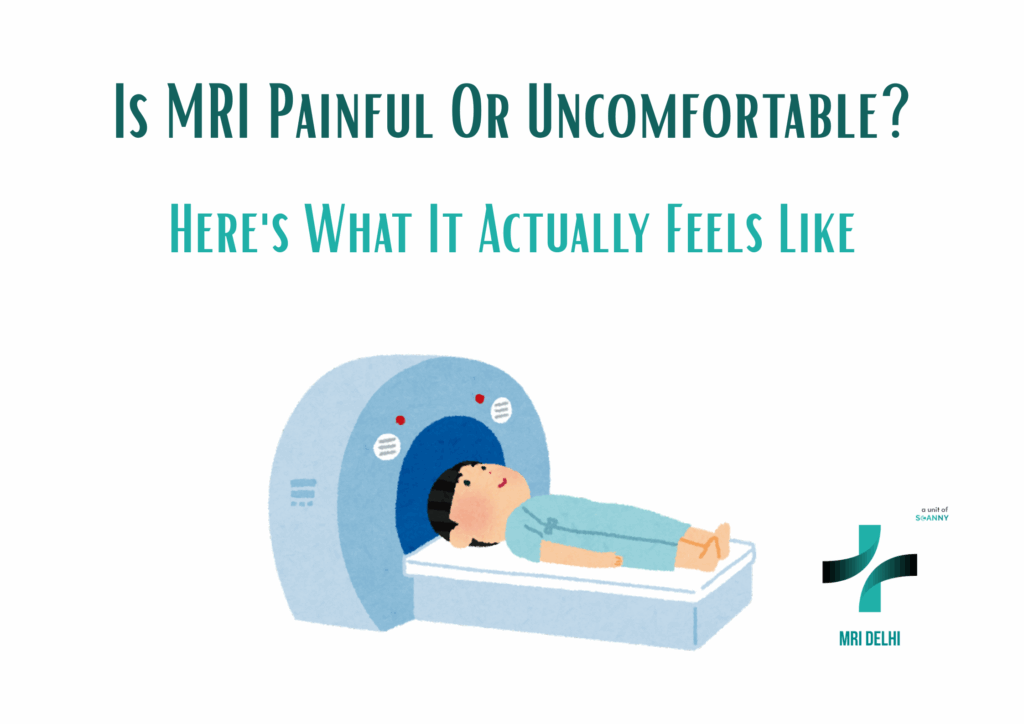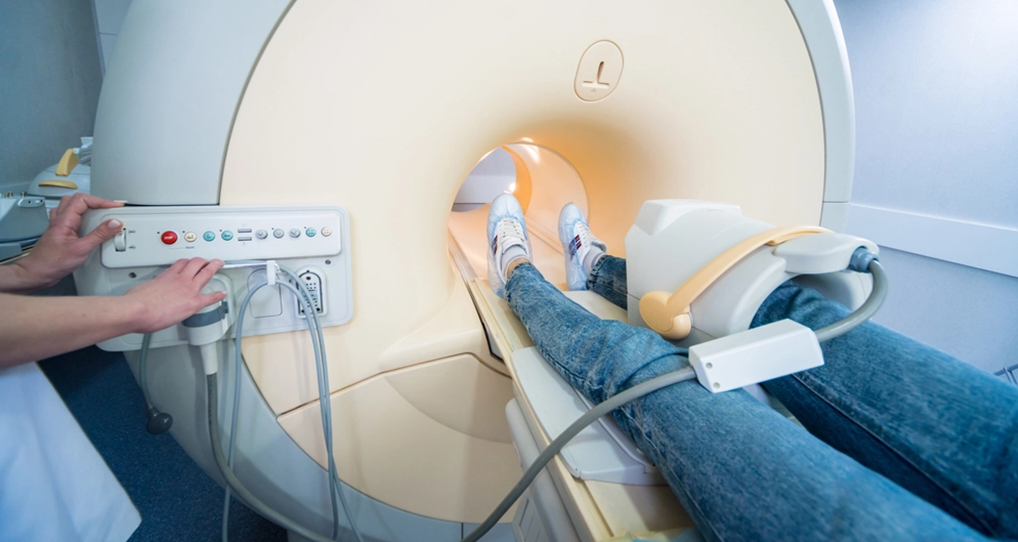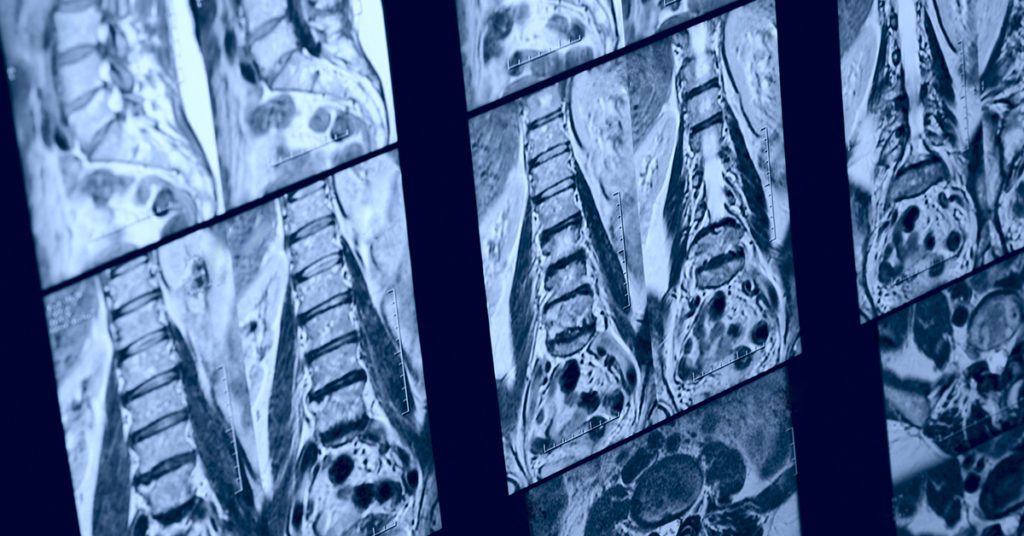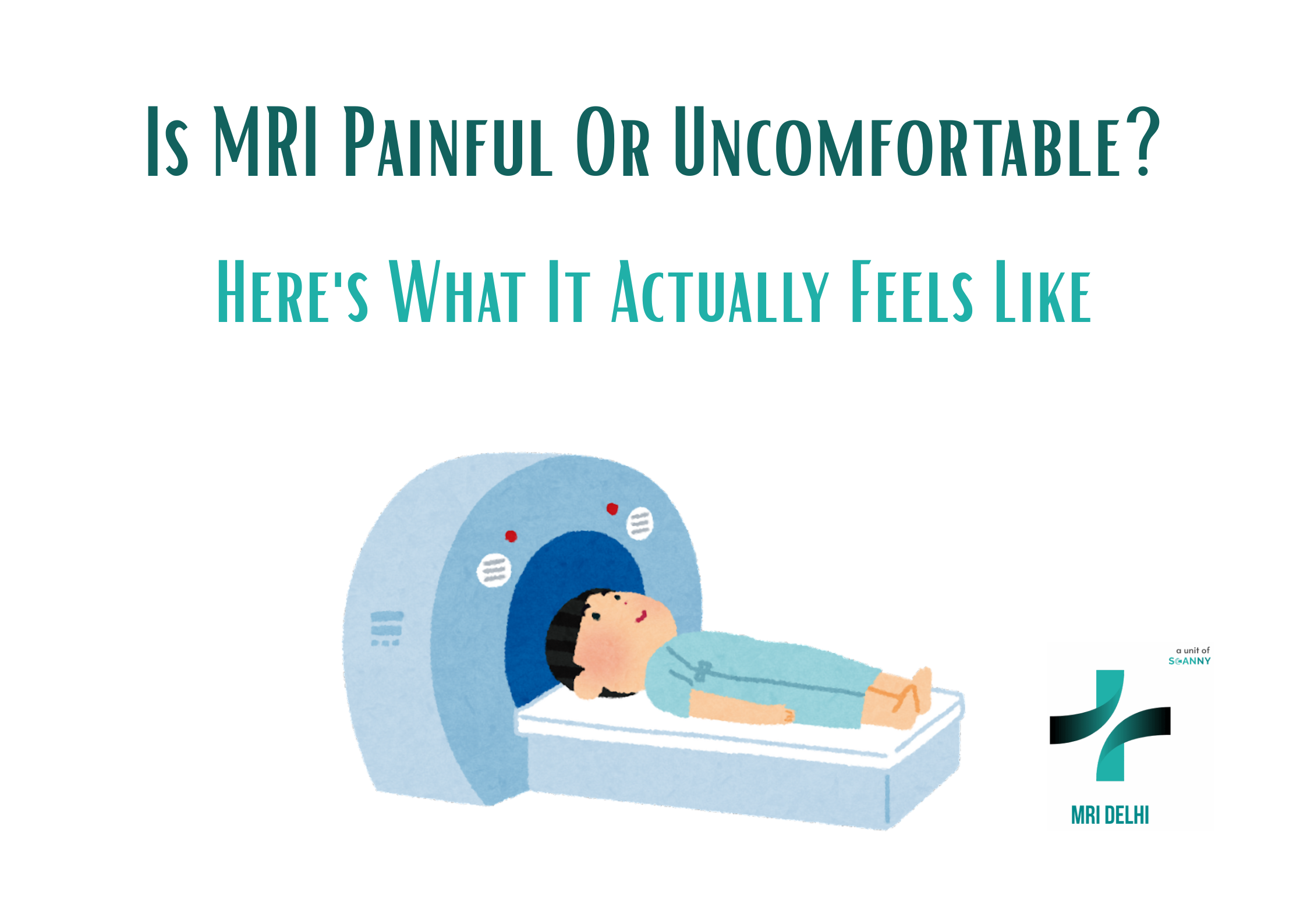So your doctor has ordered an MRI scan, and now you’re wondering what you’ve signed up for. Will it hurt? Can you move? What about that claustrophobia everyone talks about?

Let’s break down what really happens during an MRI and what sensations you might experience.
The Physical Sensation
Pain? Not Really
An MRI scan itself doesn’t cause pain. The machine uses magnetic fields and radio waves to create images of your body’s internal structures—no needles, no radiation, no cutting. You lie down on a padded table that slides into a tube-shaped scanner, and that’s pretty much it from a physical standpoint.
The scan is non-invasive, which means nothing penetrates your skin or body (unless you need contrast dye, but we’ll get to that). Your body doesn’t feel the magnetic field working. You won’t sense any tingling, burning, or discomfort from the scanning process itself.
The Noise Factor
Now, let’s talk about what catches most people off guard—the noise. MRI machines are loud. Really loud. They create banging, knocking, and tapping sounds that can reach 100 decibels or more. Think of it like being near a jackhammer or a very loud motorcycle.
Why all the racket? The magnetic coils inside the scanner expand and contract rapidly when electricity passes through them, creating these sounds. Different types of scans produce different noises. Some sound like rhythmic thumping, others like rapid-fire clicks.
Earplugs or headphones help significantly. At our facility, we provide both to every patient. Some people even listen to music during their scan, which makes the time pass more quickly and masks the machine sounds.
The Enclosed Space
This is what worries people most—being inside that tunnel. Modern MRI machines come in different configurations. Traditional closed MRI scanners look like a long tube, and depending on which body part needs scanning, you might slide all the way in or just partially.
The tube isn’t as tight as people imagine. There’s space around you, though admittedly not a lot. Your face typically stays about 10-15 inches from the top of the tunnel. Air circulates constantly, so it’s not stuffy. The table you’re lying on is firm but cushioned.
Some scans only require your head and shoulders inside the machine. Others need your entire body in there. The technician explains beforehand how far you’ll go in and how long you’ll stay there.
At MRI Delhi, we’ve noticed that knowing what to expect makes a huge difference. Many people build up anxiety about the enclosed space, but once they’re actually in position, they find it manageable. We leave you in control of a call button that you can press anytime if you need to stop.
Staying Still
You need to hold still during an MRI. Even small movements can blur the images, which might mean repeating the scan. This immobility requirement lasts anywhere from 15 minutes to an hour, depending on what areas the doctor wants to examine.
Lying motionless for that long can feel uncomfortable, especially if you have back pain, joint problems, or just get restless easily. Your muscles might feel a bit stiff afterward, similar to sitting in one position for too long during a long flight or movie.

We position pillows and padding around you to support your body and keep you comfortable. If you have chronic pain or mobility issues, let the staff know beforehand. They can add extra cushioning or help you find a position that works better for your body.
The Contrast Dye Situation
Some MRI scans require contrast material—a liquid injected through an IV in your arm. This helps certain tissues show up more clearly in the images. The injection itself feels like any other IV—a quick pinch when the needle goes in, then maybe a cool sensation as the liquid enters your vein.
A few people report feeling slightly warm or getting a metallic taste in their mouth after the injection. These sensations pass quickly. Serious reactions are rare, though they can happen. The technician monitors you throughout the scan and can stop immediately if you feel unwell.
Temperature and Air Flow
MRI rooms stay cool, usually around 65-68°F (18-20°C). The machines generate heat, so keeping the room chilly prevents them from overheating. You might feel cold during a longer scan, especially since you’re lying still and can’t generate much body heat.
We provide blankets to everyone. Don’t hesitate to ask for one, or even two. Being comfortable temperature-wise makes the scan much easier to tolerate.
What We Do at MRI Delhi
Look, we get it. Even though MRI scans don’t hurt, the whole experience can feel daunting. That’s why our team focuses on making each patient as comfortable as possible.
Before your scan starts, a technician walks you through exactly what will happen. They show you the machine, explain the sounds you’ll hear, and answer any questions. No question is too small or silly—we’ve heard them all.
During the scan, we stay in constant communication through an intercom system. You can talk to us, and we check in regularly to make sure you’re doing okay. That call button stays in your hand the entire time. Press it, and we pause everything.
For patients who feel anxious about enclosed spaces, we take extra time. Sometimes just talking through the process helps. Other times, we suggest bringing a friend or family member who can stay in the room (outside the scanner, obviously). Their presence often makes a big difference.
Music helps many people relax. We have headphones available, and you can usually bring your own playlist if you prefer.
We also work efficiently. Nobody wants to spend more time in the scanner than necessary. Our technicians are skilled at getting quality images on the first try, which means you’re in and out as quickly as possible.
Managing Anxiety and Claustrophobia
If you know you struggle with enclosed spaces, talk to your doctor before the appointment. They might prescribe a mild sedative to help you relax. You’ll need someone to drive you home if you take medication, but it can make the scan much more tolerable.

Breathing exercises work well for some people. Slow, deep breaths help calm your nervous system. Some patients count their breaths or do mental visualization exercises—imagining they’re somewhere peaceful and open.
Closing your eyes before you slide into the scanner helps. You can’t see the enclosed space if your eyes stay shut. Focus on the music, your breathing, or just let your mind wander to something pleasant.
Kids often handle MRIs better than adults because they don’t have preconceived notions about what to fear. They think the noises are funny or interesting rather than threatening. Sometimes channeling that childlike curiosity helps—view it as an interesting experience rather than something to dread.
After the Scan
Once the scan finishes, you can get up and leave. No recovery time needed (unless you received sedation). Some people feel a bit stiff from lying still, but that goes away quickly.
You can resume all normal activities immediately. Drive, work, exercise—whatever you had planned for the rest of your day.
The contrast dye, if used, leaves your body naturally through your kidneys over the next 24 hours. Drinking extra water helps flush it out faster.
FAQs
How long does an MRI actually take?
Most scans run between 30-60 minutes. Simple scans of one body area might finish in 15-20 minutes, while more detailed scans or multiple areas can take up to 90 minutes. Your technician tells you the expected time beforehand.
Can I wear my regular clothes?
You can wear clothes without metal parts—no zippers, snaps, or underwire bras. Athletic wear usually works well. Many facilities provide gowns to avoid any metal issues. Remove all jewelry, watches, and hair accessories before the scan.
What if I need to use the bathroom during the scan?
Use the restroom right before your scan starts. If you absolutely must go during the scan, press your call button. The technician can pause everything and let you out, though this extends your total time in the machine.

Will I be alone in the room?
The technician operates the machine from a separate control room with a window view into the scanning room. They watch you continuously and communicate through an intercom. In emergencies or for anxious patients, someone can often stay in the room with you.
Can I move at all during the scan?
You can swallow, blink, and breathe normally. But avoid moving the body part being scanned. If your knee is being imaged, you can wiggle your fingers. If it’s your head, you can flex your toes. The technician specifies what you need to keep still.
What about tattoos and permanent makeup?
Most tattoos pose no problem, though very old ones made with metallic inks might feel warm during the scan. Let the technician know about any tattoos or permanent makeup beforehand.
Do children need to be sedated for MRIs?
Not always. Many kids over age 6 or 7 can hold still without sedation, especially with parental coaching and distraction techniques. Younger children or those who can’t stay still might need light sedation. The doctor decides based on the child’s age and temperament.
Can I get an MRI if I’m pregnant?
MRI scans are generally considered safe during pregnancy, especially after the first trimester. Doctors weigh the benefits against any theoretical risks. Contrast dye is typically avoided during pregnancy unless absolutely necessary.
What if I have metal implants or devices?
Some implants are MRI-safe, others aren’t. Bring documentation about any implants, pacemakers, or metal devices in your body. The facility reviews this information before scheduling your scan. Many modern implants are designed to be MRI-compatible.
Will my results be ready immediately?
A radiologist needs to analyze the images and write a report, which typically takes 24-48 hours. Your doctor receives the report and discusses results with you at a follow-up appointment. In urgent situations, results might be available sooner.
The Bottom Line
MRI scans aren’t painful, but they can feel uncomfortable for reasons that have nothing to do with pain—the noise, the enclosed space, the need to hold still. Everyone’s tolerance differs. What feels like no big deal to one person might feel challenging to another, and that’s completely normal.
The good news? It’s temporary, it’s safe, and it provides doctors with incredibly detailed images that help diagnose and treat all sorts of conditions. Millions of people get MRI scans every year and come through just fine.

